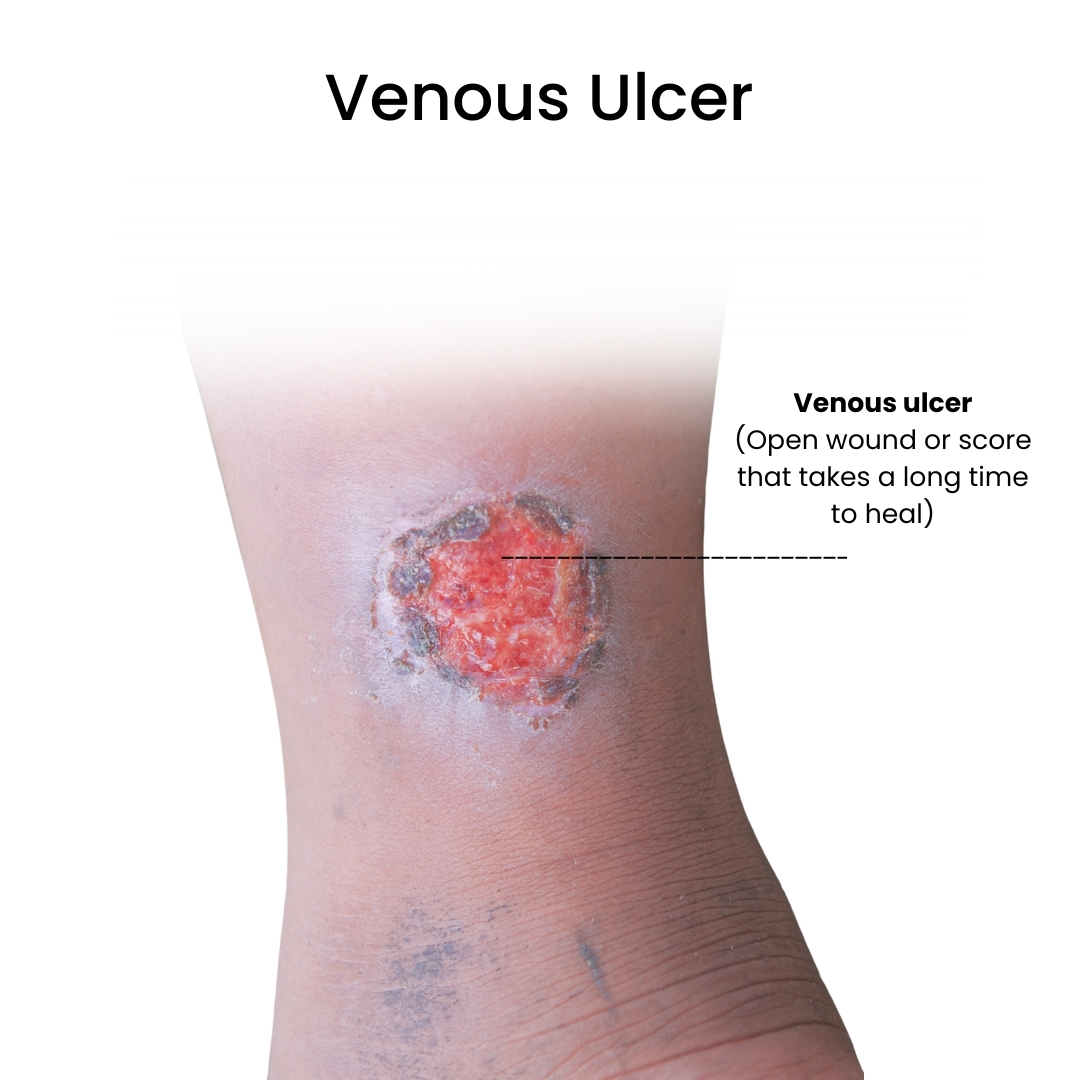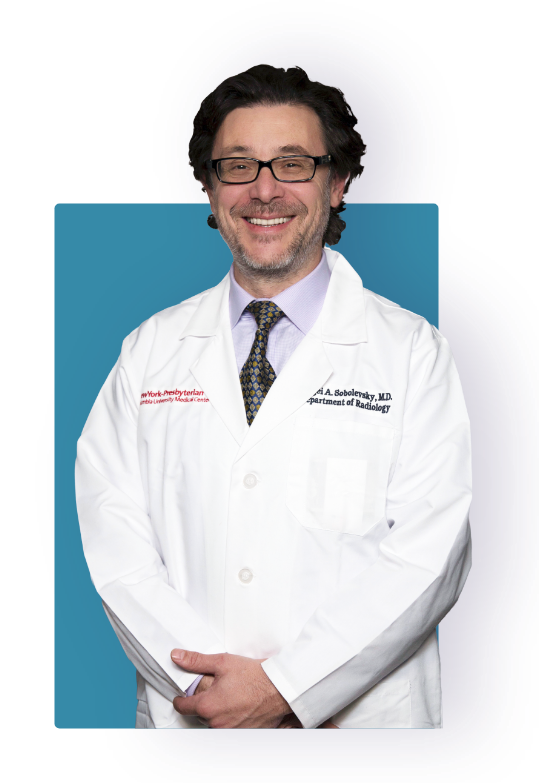Venous ulcers and arterial ulcers are discolored sores that appear on your legs. They’re a sign that you have circulation problems. For the best leg ulcer treatment or foot ulcer treatment, call the vascular experts at the Downtown Vein & Vascular Center in Brooklyn. They offer venous stasis ulcer treatment to address not just the ulcer, but its root causes too, which improves your circulation and your overall health.
What Are Venous or Arterial Ulcers?

Venous ulcers and arterial ulcers are open sores that develop on your skin due to damaged veins or arteries. When valves in a vein weakens, it leads to a backflow of blood, which increases pressure on the vein walls. The pressure build-up leads to a venous ulcer if blood leaks from the vein.
Arterial ulcers, also known as ischemic ulcers or wounds, develop if blood doesn’t flow effectively in your arteries to the tissues of your body, which is a sign of peripheral artery disease. Blood in arteries contains oxygen and nutrients, and if your blood doesn’t flow properly, the risk of an open wound at the affected site increases.
Venous ulcers and arterial ulcers are signs of venous or arterial insufficiency. The condition causes discomfort and severe symptoms that require treatment that effectively addresses the cause. In Brooklyn, the vascular specialist at the Downtown Vein & Vascular Center is Dr. Sergei Sobolevsky He offers individualized treatment for vein conditions at his state-of-the-art medical practice.
What Causes Venous Ulcers?
After the valves in a vein are weakened or damaged, blood pools in the blood vessel, leading to complications.
Factors that lead to venous damage and the development of open sores include:
- Varicose veins
- Blood clotting disorders, including deep vein thrombosis
- Chronic venous insufficiency
- Previous leg surgery
- Heart failure
- Hormonal influences during pregnancy
- High blood pressure
- Circulatory problems
- Leg trauma, including fractures and other injuries
- Obesity
- A sedentary lifestyle
Doctors have identified risk factors for venous stasis ulcers that include old age, poor blood circulation, heart and kidney disease, alcohol abuse, cigarette smoking, being overweight or obese and nerve damage. Your endovascular specialist provides targeted vein treatment after your diagnosis.
★ ★ ★ ★ ★
Fantastic Results
Dr. Sobolevsky treated my varicose veins with great success. I couldn’t be happier with the results. He was professional, kind, and answered all my questions. I highly recommend Dr. Sergei for anyone seeking vein treatment.
What Are the Causes and Risk Factors for Arterial Ulcers?
Any condition that affects blood circulation in your body increases the risk of an arterial ulcer.
Some causes and risk factors for an arterial disorder include:
- Atherosclerosis, a condition that causes thickening of your artery walls
- Inflammation of the blood vessels, called vasculitis
- Artery damage with old age
- High blood pressure
- Diabetes, which leads to diabetic ulcers
- Smoking
- High cholesterol levels
- Kidney complications
- Injury or trauma to your body
Severe venous and arterial ulcers may lead to fever, discharge or numbness. They can even cause an odor. Such complications require ulcer treatment by a top Vein and Vascular Specialist. Dr. Sobolevsky and his team have access to the latest diagnostic equipment and procedures to deliver tailored arterial and venous skin ulcer treatment.
What Are the Differences Between Venous and Arterial Ulcers?
While both conditions, venous and arterial ulcers, involve blood flow problems, the two types of ulcers differ in ways that include:
- Venous ulcers mostly develop in your legs, but not in your feet. Arterial ulcers can develop anywhere in your lower extremities, but more often appear in a foot.
- Unique symptoms of venous ulcers include inflammation, leaking serum, pungent odor, discolored skin, swelling, aching, itching, hardened skin and scabbing. The symptoms of arterial ulcers include no bleeding, but night pain on your leg, coldness in the affected area, deep full-skin-thickness wounds and open sores that appear red, yellow or black.
- Venous ulcers result from damage to the valves in your veins. Arterial ulcers originate from the narrowing of arteries, caused by fatty tissue build-up or other factors.
- Arterial ulcers appear circular and reddish on the skin, while venous ulcers have no definite shape.
Venous and arterial ulcers start with mild symptoms, but the effects become severe over time. The primary reason to seek arterial or venous ulcer treatment early is to prevent complications, such as bone infections, gangrene, skin and tissue death called necrosis and ultimately, amputation. Foot ulcer treatment requires specialized care. A top New York City Vein and Vascular Specialist, Dr. Sobolevsky has more than 25 years treating vascular conditions. At the Downtown Vein & Vascular Center, he delivers effective treatment to avoid these complications.
Read more: Ankle Discoloration: A Sign of Vein Disease
What’s the Best Treatment for Venous and Arterial Ulcers?
The goal of venous stasis ulcer treatment in your leg is to promote healing and prevent infection. Your vascular specialist regularly checks the condition of your wound and recommends best care techniques.
Some treatment approaches include:
- Caring for the wound by keeping the wound clean and the ulcer dressed
- Using medications and surgical graft materials to prevent infection, necroses, gangrene and limb amputation
- Relying on interventional procedures or surgery to treat the underlying causes of vein dysfunction or artery blockage
- Wearing compression stockings to promote healthy blood circulation
- Doing regular exercises to aid your blood circulation and avoid venous stasis
- Elevating your legs when at rest in venous insufficiency
The selected treatment option depends on your diagnosis. To get the most appropriate care, contact the best vein doctor in New York at the Downtown Vein & Vascular Center in Brooklyn. If the vein specialist determines you have varicose veins, for example, you may require a treatment procedure, such as:

I am Dr. Sergei Sobolevsky, a leading specialist in endovascular medicine. Having performed over 25,000 procedures throughout my career, I bring decades of experience in vascular and interventional radiology to my practice. I obtained my Doctor of Medicine (MD) degree from the University of Colorado School of Medicine in 1997 and completed my specialty clinical training in vascular and interventional radiology at Harvard University.
My dedication to excellence in patient care has been recognized through accolades such as being named a Castle Connolly Top Doctor and inclusion in the Top Doctors New York Metro Area lists for 2020, 2021, 2022, and 2023. With licenses in multiple states, I have also shared my expertise through presentations at various institutions in the US and abroad.
More About Dr. SobolevskyDowntown Vein Treatment Center
480 Court Street, Ste 101
Brooklyn, NY 11231
(718) 787-5559


